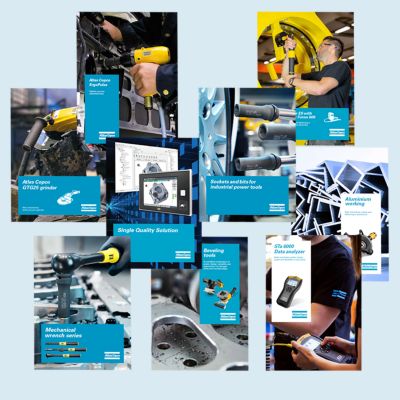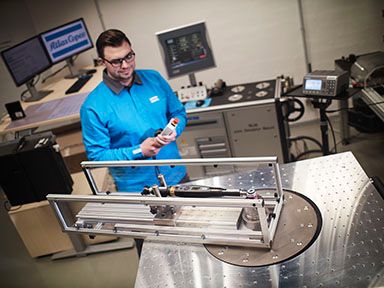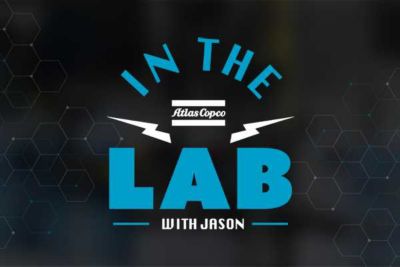Operator health and safety should be of the utmost importance, which is why certain steps should be taken to prevent them from harm. Misuse of devices can cause injury to operators or even damage to the tool itself. Furthermore, tools with poor ergonomics can also put operators at risk during production, resulting in lower productivity levels and an increase in the overall cost to companies. In addition to operator safety, improper usage of tools can have other effects, such as increasing downtime and reducing assembly efficiency.
There are three common mistakes to avoid when using pneumatic riveting hammers in production:
- Pulling the trigger when the rivet set is not on a surface
- Not using a riveting hammer with ergonomic features
- Not using enough air pressure or airflow
By avoiding these mistakes, you will reduce medical costs and improve productivity. Read on to discover why these mistakes should be avoided, what actions you can take to avoid them, and how they could affect production and your bottom line.

Mistake #1: Pulling the trigger when the rivet set is not on a surface
There are two main types of riveting hammers: ones with a push start and ones with a trigger start. No matter which device you use for your application, operators should always have the device safely pressed against a surface before pulling the trigger. If the hammer is powered on without the rivet set flush against a surface, there is the potential that the rivet set will launch out of the retainer, or the retainer could crack and break.
Of course, this puts operators at risk of injury, which is why it is equally important to check the riveting hammer before use. By inspecting the tool for damage, it ensures that harm isn’t inflicted upon the operator or others near them when they power the device on. By taking these simple measures while using riveting hammers, operators will be protected from most experiences that may cause them harm, thus saving themselves and the company the cost of medical attention if they are injured or if they injure a bystander.
Mistake #2: Not using a riveting hammer with ergonomic features
When choosing the best pneumatic riveting hammer for your specific application, it would be wise to consider the device’s ergonomic features. For instance, using a tool with vibration reduction, like Atlas Copco’s air cushioning design, will reduce the vibrational output created by the hammer and will boost ergonomics and reduce medical costs. This is because daily exposure to intense tool vibrations can lead to damaged nerve cells, vascular injury, and several musculoskeletal disorders and vibration-related injuries. The air cushioning design from Atlas Copco will reduce the tool vibrations, which ultimately protects the operators from these debilitating disorders.
Another ergonomic feature to consider is the device’s handguard. Not all operators are alike, so it makes sense that handguards should be adjustable to fit any operator despite their various differences. Atlas Copco provides riveting hammers that have an adjustable handguard to boost operator ergonomics and efficiency during production.

Mistake #3: Not using enough air pressure or airflow
Did you know that using too little air pressure (PSI) or airflow (CFM) can have devastating impacts on the pneumatic riveting hammer as well as on your operators? Well, it’s true, and it’s why we recommend using a PSI of about 91 when operating the tool. If the PSI is only 60 or 70, for example, the piston may create more vibrational output despite any ergonomic features that may be incorporated to reduce vibrations, thus the tool would act similarly to a more traditional rigid-style hammer and put operators’ health and safety at risk.
Another reason to use the recommended PSI or CFM is that not doing so will negatively affect the performance of the tool. A low CFM will result in an underpowered tool that will underperform, reduce efficiency, and lower uptime. Additionally, it may take 2 to 3 times longer to set the rivet or the tool may stop working entirely.
One of the great advantages of using Atlas Copco’s pneumatic tools is that they can’t be overloaded. Competitor electric tools, however, can become overloaded if the electrical source is supplying too many volts or amps, leading to the device’s electric motor failing or even catching fire as a result. Atlas Copco’s pneumatic tools, such as our riveting hammers, can withstand overload conditions, such as setting the PSI higher than the recommended 91 PSI. Because of this, operators won’t be at risk when using our tools.
For more information on Atlas Copco pneumatic riveting hammers and how they compare, contact us today to schedule a demo!






